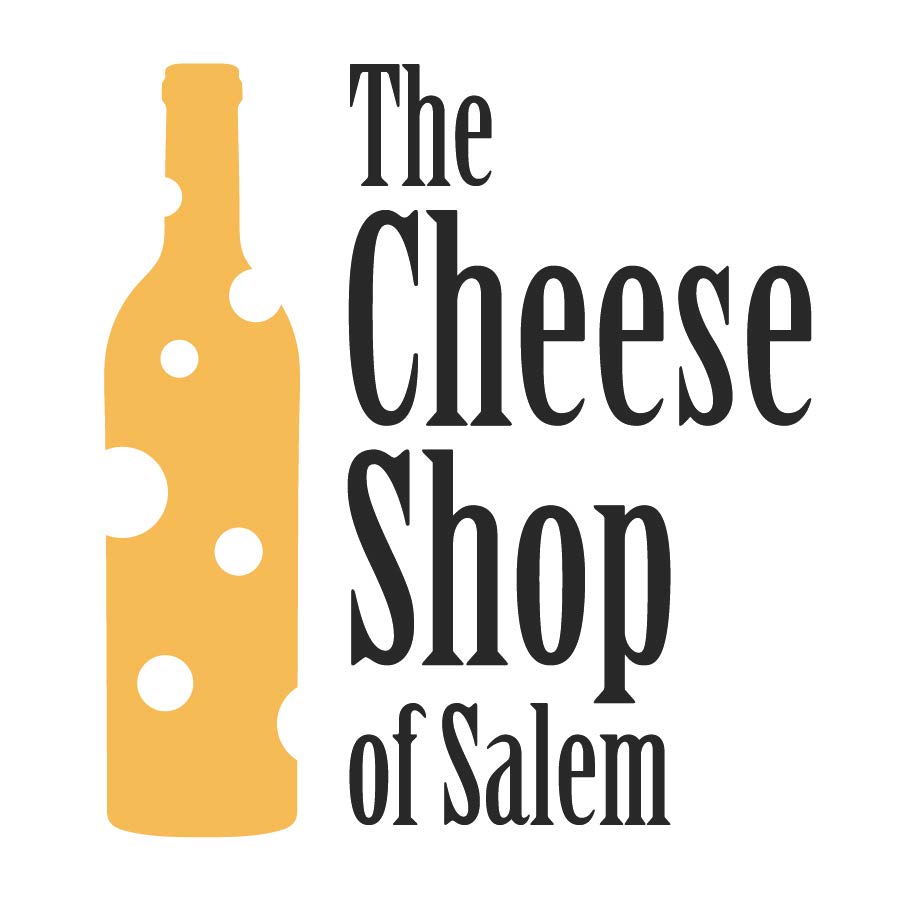Let's Greek Out!
Free tasting | Saturday, February 29, 2020 | 4-6PM
Today, Greek wine is all the rage. We love it, Eric Asimov loves it, hipster sommeliers love it, and our Retsina chugging Greek customers love it. However, we somehow still overlook it - we should all be drinking more Greek! Since the 1960’s Greece has been making a modern-day ‘comeback,’ specifically post 1985 when experienced, mostly French-trained, agronomists and oenologists, landed in Greece and aided Greece’s failing wine industry. Over time, wine infrastructure strengthened through the investments of new cellars, plantings, and re-plantings of new and old vineyards. Indigenous Greek grape varieties (of which there are over 200) became more ubiquitous through prevalent publications and research. An influx of funds from the EU funneling into Greek banks helped strengthen the wine industry, and bountiful cheap land was purchased by young and ambitious winemakers.
Unified in 1830, Greece is made up of over 3000 islands, and some of these Mediterranean utopian isles are the ‘real-deal’ for wine growing. Vineyards thrive in long, dry summers, and short, mild winters, and ample sunshine abounds throughout the coastal climates atop mountainous countryside. Konstantinos Lazarakis summarizes in The Wines of Greece, “[…] Terroir, in Greece, goes far beyond soil-types and weather conditions – it emanates from the culture of the country and the spirit of a people whose ancestors even had a god for wine.” Made since the 7th century BC, wine continues to be imperative to Greek society, and it’s impossible to separate Greek culture from wine. Wine is the epicenter of Greek culture. As stated in The World Atlas of Wine, “The modern winescape of Greece is even more exciting than most because it holds such potential for going backwards as well as forwards in time.” Greece’s history is what shapes it’s future winescape.
In the early days, ancient Greeks, such as the Babylonians, made and drank wine, but for them it was a luxury, so instead they drank beer, a commodity that was scoffed at by ancient Greek critics. Even further wine snobbery in ancient times was evident, as affirmed in The Oxford Companion to Wine, “Complete ignorance of viticulture was the mark of savages; so too was the drinking of undiluted wine, which was associated with northern barbarians such as the Scythians.” Greeks typically added water to wine before it was served, even if an abhorrent ‘mark of ignorance,’ and also added various flavorings, such as spices, honey, and herbs, as well as pine resin, which is still used today to make a white wine style called retsina. The scale of Greek wine trade is evident from widespread archeological findings such as wine-stained amphorae vases and literary evidence specifically from the poetry of Homer and Heoid. Even Athenaeus mentions the hazards of consuming wine to excess and included hangover remedies in a volume of his epic Deipnosophistae (‘Dinner Table Philosophers’).
One of the twelve major Greek deities was Dionysus (Bacchus to the Romans), the God of Wine. Let’s raise a glass to Dionysus and Greek out! Join us this Saturday, February 29th from 4-6PM. Steve, Greek expert and importer from Vineyard Road, will be joining us too! Yamas! Cheers!
Let’s Greek Out Line-up:
2018 Tetramythos Roditis
Who: Aristides and Stathios Panos
What: Roditis
Where: Peloponnese, Greece
How: These Roditis grapes underwent a long fermentation with wild yeasts. Malolactic fermentation occurs naturally.
Farming Method: Organic
Fun Fact: Except for a tiny portion of Greece in the northwest no part of Greece is more than 50 miles from the ocean!
Tasting Notes: Notes of candied kiwi and pineapple.
2018 Tetramythos Retsina
Who: Brothers Aristides and Stathios Panos
What: Roditis
Where: Peloponnese, Greece
How: These grapes were destemmed and underwent fermentation in clay amphoras with wild yeasts. At this time pine resin (picked from local pine trees that surround the vineyards) is added; then the wine was aged for 3 months in stainless steel.
Farming Method: Organic
Fun Fact: Retsina accounts for 15% of Greek’s wine production.
Tasting Notes: Piney and smokey with a long and elegant finish.
2017 Tetramythos Agiorgitiko
Who: Aristides and Stathios Panos
What: Agiorgitiko
Where: Peloponnese, Greece
How: After going through malolactic fermentation in stainless steel the wine was aged on the lees for three months.
Farming Method: Organic
Fun Fact: In 1999 the Panos brothers met an oenologist named Panagiotis Pagagiannopoulos to consult with on how to make their vineyards organic. They’ve been using organic practices since!
Tasting Notes: This velvety bodied wine is super aromatic and has notes of spiced plums and prunes.
2017 Domaine Karanika ‘Amyntaion’ Brut
Who: Laurens Hartman Karanika
What: Xinomavro and Assyrtiko
Where: Macedonia, Greece
How: After being hand harvested this wine was made in the Traditional Method AKA the same method as Champagne!
Farming Method: Biodynamic and these Xinomavro vines are 75-80 years old!
Fun Fact: This bubbly is poured at the prestigious NYC restaurant Eleven Madison Park. Fancy!!
Tasting Notes: Tiny delicate bubbles along with notes of lemon and minerality.
2018 Domaine Glinavos ‘Paleokerisio’ (500ml)
Who: Domaine Glinavos was established in 1978 by Lefteris Glinavos, one of Greece’s first oenologists.
What: A blend from the white grape variety Debina (97%) with the addition of the red variety Vlahiko (3%).
Where: Epirus, Greece (within the appellation of Ioannina)
How: De-stemmed grapes ferment in oak for about two weeks and the secondary fermentation occurs in closed stainless steel tanks. Bottling is done without adding other substances and with a few residual sugars.
Farming Method: Organic
Fun Fact: This semi-sparkling is bottled in an adorable 500ml bottle with a cap crown; it pays homage to the traditional semi-sparkling wine of Ioannina.
Tasting Notes: Tannins are full, bubbles are like multi-colored pop-rocks candy. It’s the color of cantaloupe, with aromas of kumquats, and the taste of olives and citrus. The perfect pairing to this orange wine? A loaded hotdog or gummy worms!!







